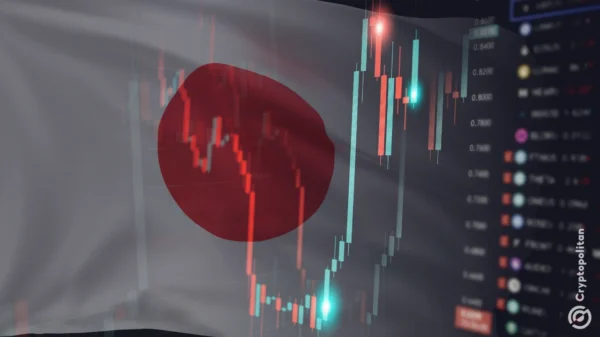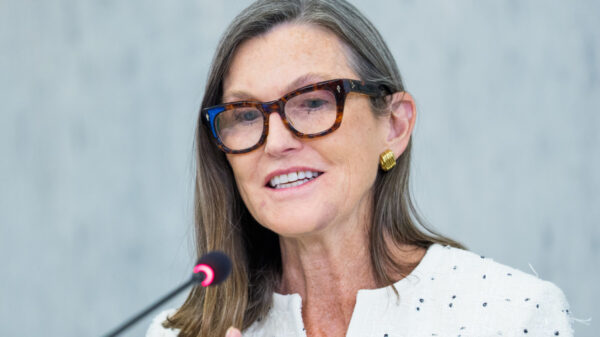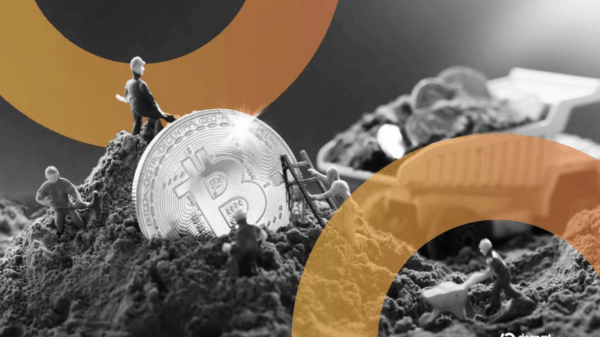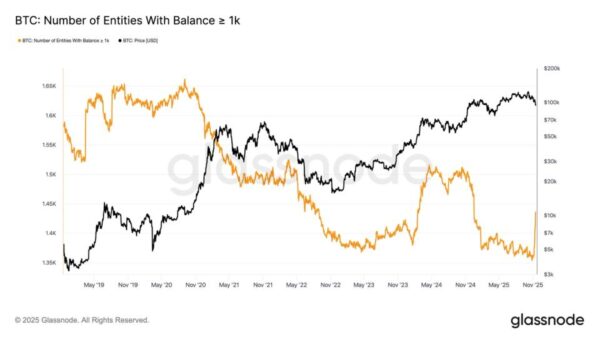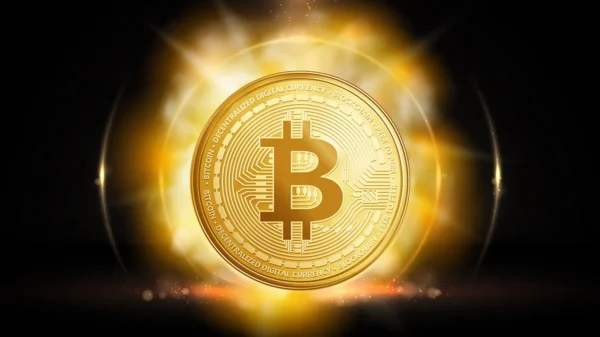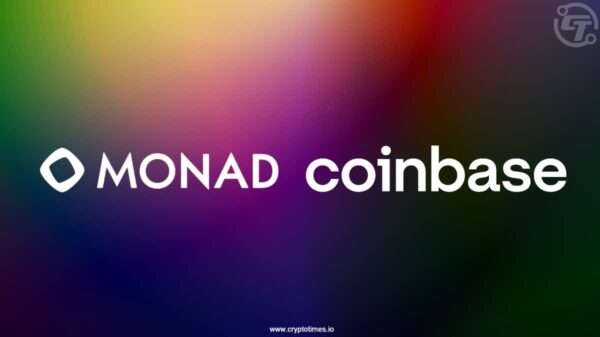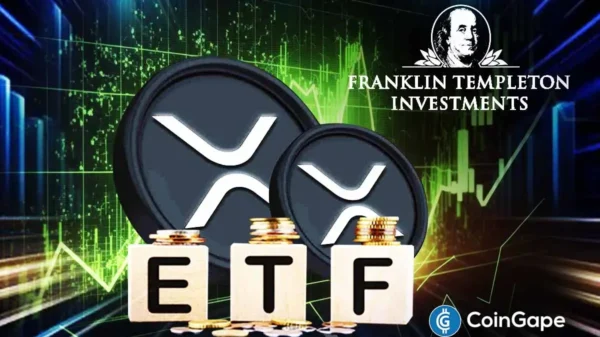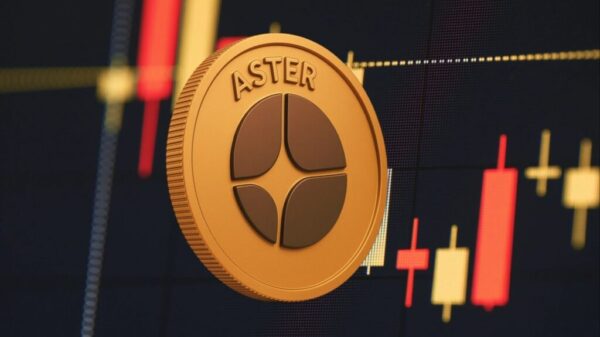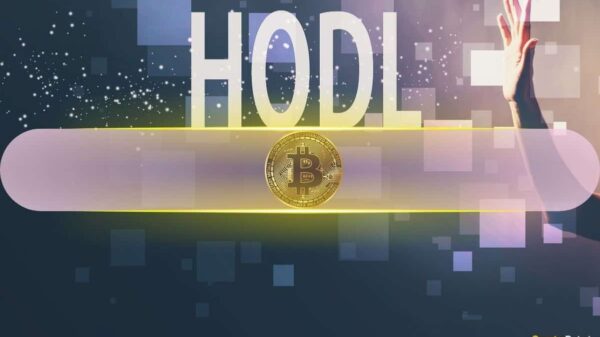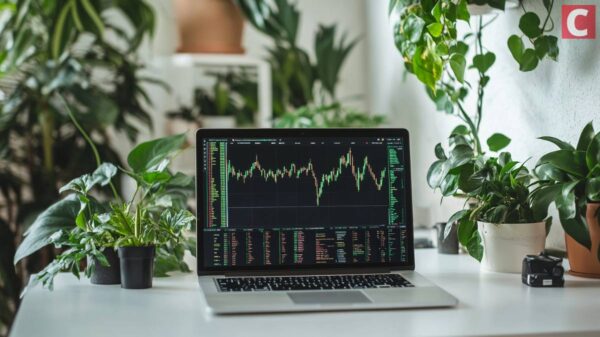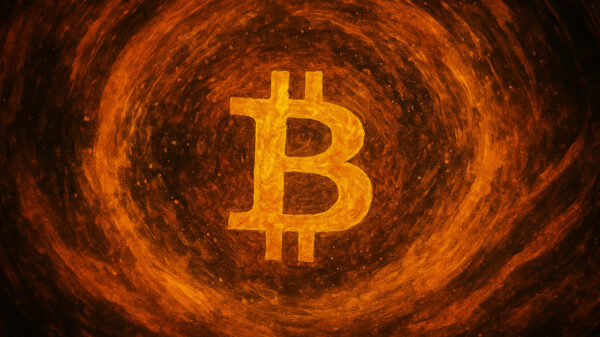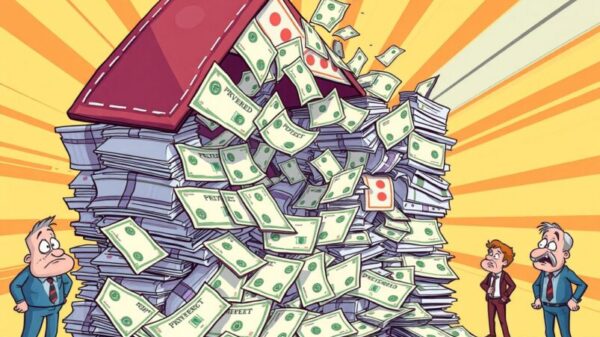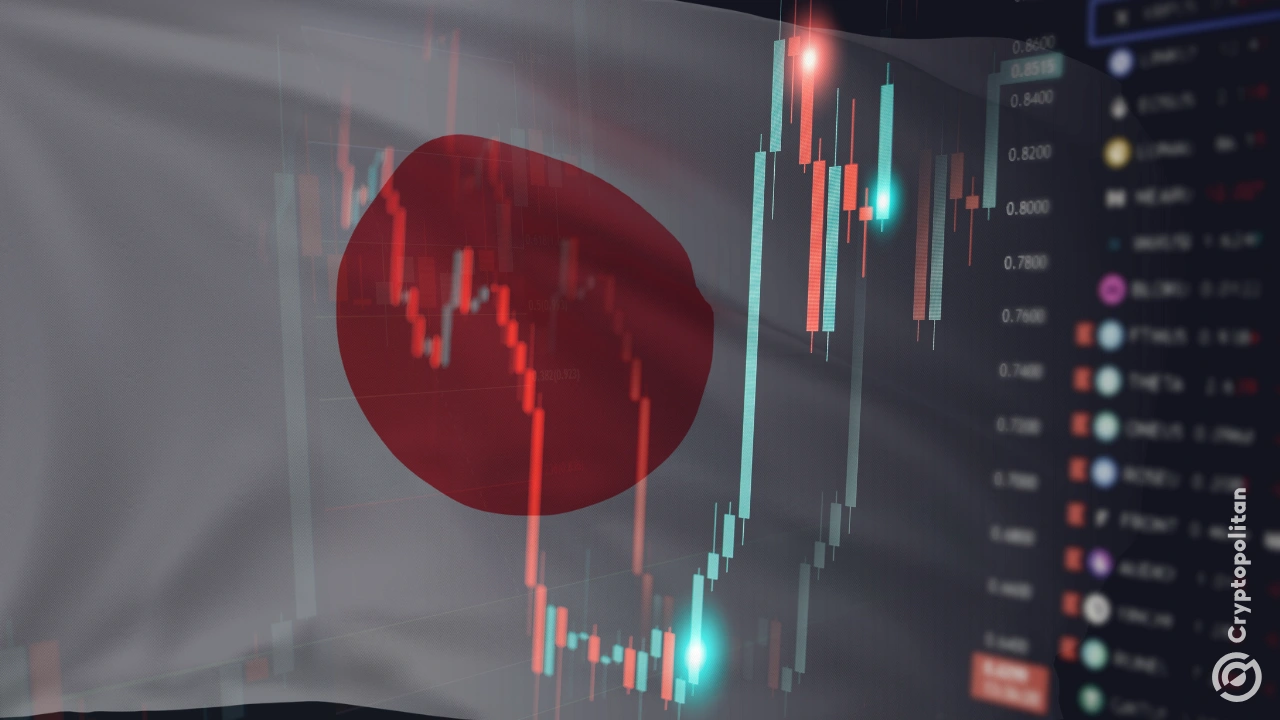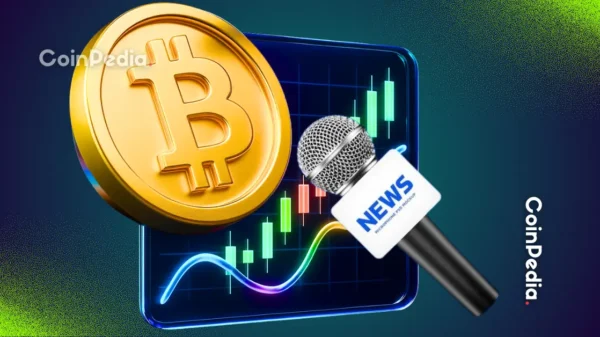Japan”s economy took a significant hit in the third quarter of 2025, shrinking by 1.8% on an annualized basis. This decline marks the first contraction in six quarters, raising alarms over the sustainability of the nation”s economic recovery. Contributing factors included weaker exports, subdued consumer spending, and heightened regulatory challenges.
Exports were a major drag on growth, particularly due to ongoing trade tensions and tariffs impacting shipments to the United States. As a result, net external demand detracted from overall quarterly growth. Private consumption, which constitutes over half of Japan”s GDP, saw minimal growth of just 0.1%. Households faced rising living costs and stagnant wages, leading to a cautious approach in spending on goods and services.
Furthermore, the housing sector also suffered, with residential investment declining sharply due to new building regulations and stricter financing conditions. Despite these challenges, businesses increased capital expenditures by approximately 1%, spurred by positive business sentiment and strategic investments in equipment and infrastructure.
The economic backdrop is further complicated by persistent inflation, with core consumer prices significantly exceeding the Bank of Japan”s target of 2%. Essential commodities, particularly energy and food, have skyrocketed in price, exerting additional pressure on household budgets. In response, Prime Minister Sanae Takaichi is preparing a comprehensive economic stimulus package exceeding ¥17 trillion (around US$110 billion). This initiative aims to alleviate inflationary pressures through subsidies for utilities, reductions in gasoline taxes, targeted tax breaks, and investments in growth sectors such as artificial intelligence and semiconductors.
Funding for this stimulus is anticipated to come from a supplementary budget, likely surpassing the previous year”s additional expenditure of ¥13.9 trillion. Policymakers are caught in a balancing act, striving to deliver effective fiscal support while being mindful of the long-term implications for public debt, which is already at elevated levels in Japan.
The recent GDP figures lend weight to calls for aggressive fiscal spending, although concerns about financial stability loom large. The Bank of Japan is also navigating a challenging landscape; while weak economic output may postpone interest rate hikes, persistent inflation remains a significant concern. In a bid to foster economic growth, Takaichi has advocated for “wage-driven inflation,” aiming for price increases that correlate with rising incomes.
Consumer sentiment has deteriorated, with private consumption slowing sharply in Q3. Households have cut back on spending as prices for essential goods continue to rise. Increased costs are straining budgets, leading to reduced disposable income for discretionary expenditures such as dining and travel. Surveys indicate a precarious outlook, with 62.5% of families reporting that conditions have worsened over the past year, while only 3.8% noted any improvement.
Firms have also responded to the economic uncertainty by scaling back on new projects and expansion, citing weaker demand both domestically and internationally. The construction sector has not been immune, experiencing a slowdown as higher interest rates and construction costs deter builders and homebuyers alike. This combination of reduced household spending and cautious business investment has exacerbated the decline in GDP, reflecting a concerning trend for Japan”s economic landscape.


